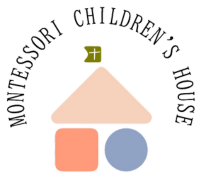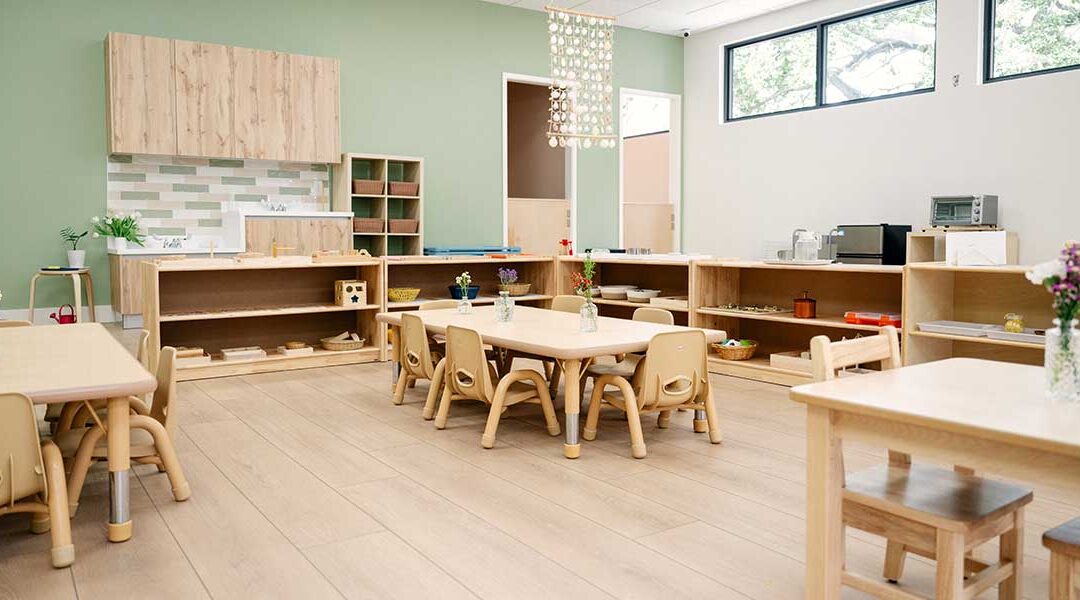Because early education is such an important aspect of ongoing success in the classroom, finding a suitable environment for young children is vital. Perhaps you are interested in Montessori in Miami Lakes, FL, and are looking for information on this unique learning philosophy. Discover how Montessori’s child-centered learning environment and the many benefits it brings.
The Origins of Montessori
Dr. Maria Montessori created the concept that came to bear her name in Italy in the early 1900s, with a focus on self-directed learning activities for children. She felt that this method enhanced the way students naturally learn during their formative years.
Montessori selected activities and methods that gave each child a personalized learning experience. In addition to traditional subjects like mathematics and science, she encouraged activities like gardening and cleaning, believing that collaborative play and hands-on learning methods would enhance early education successes for the children.
Her philosophy gained a following and now has tens of thousands of schools worldwide. Even though the original learning methods remain at the core of these schools, they continue to evolve. New learning modalities introduced in the school’s curriculum follow recent research into child development.
How the Montessori Method Benefits Students
Montessori schools follow certain core principles to enhance the learning experience.
Child-Directed Activities With Guidance
The Montessori guide (or teacher) helps the students throughout the day with small-group and individual lessons. The guide will suggest ways the children can use their time, frequently based on observations from previous days. However, child-guided activities are at the heart of everything that goes on inside the classroom.
Students have the freedom to select the tasks they want to engage in. They even get to choose where they’ll work or sit. The children understand that they must clean up and organize the materials after completing whatever tasks they decide on.
Learning Through Experience
Hands-on activities give children the opportunity to explore their individuality even as they learn how to navigate important social dynamics in a group setting.
Rather than forcing memorization of letters and numbers through repetition, students may choose to associate letters with something more tangible. They might use their hands to feel the shape of each letter and number, helping them visualize it.
Guides may encourage children to practice fine motor skills by teaching them to cut fruit safely while learning about colors and textures, using such experiences to engage both minds and bodies.
Well-Rounded Activities and Skill Development
Allowing children to select their own activities ensures they receive an experience that focuses on more than just academics. The activities offered will enhance the social and physical well-being of the child.
A variety of activities are available, ranging from cooking and food preparation to yoga or scientific experiments. They can match the activity to their interests for the day, allowing them to explore and grow at their own pace.
Managing Peaceful Resolution for Conflicts
One of the core principles of this educational method is the peaceful resolution of problems. The idea that children learn how to resolve conflicts amiably was one of the reasons Montessori set out to change the paradigm of education by establishing meaningful social habits that can carry over into adulthood.
The Montessori guide initially provides students with ideas and suggestions to help them address any interpersonal problems they may encounter. Eventually, the idea of working with their classmates to resolve issues becomes a natural part of the classroom process.
Better Academic Results
This method historically generates desirable results. In terms of academic progress, Montessori students consistently rank higher than similarly aged peers in traditional educational settings. Because they direct their classwork into areas where they’ve developed a genuine interest, research shows that children retain information more effectively.
A child can cultivate a deep understanding of certain subject areas because they’re allowed to manage their own schedule throughout the day. In a traditional classroom, students can’t focus on a single subject as deeply. The entire class jumps from subject to subject at specified times, rather than when each student is ready to move on.
Meanwhile, Montessori’s focus on peaceful conflict resolution and cooperation helps students relate to each other at a human level. As a result, they develop stronger leadership skills and higher self-motivation capabilities.
How a Montessori Guide Enhances the Student Experience
The Montessori guide is the classroom leader. This educational expert is called a guide because of the way he or she interacts with the children and enhances their experiences.
Observing and Providing Guidance
This guide does not stand in front of the classroom and deliver lectures or formal instruction periods. Instead, they focus on observing the students and determining when to provide guidance, as befitting their role.
The guide’s mission is to understand that each student has unique needs and interests, developing them at different stages. The observation skills of the guide ensure each student can progress at a comfortable pace.
As they observe the students, they may develop ideas to empower them for future learning days. They can then create adaptable lesson plans to keep them motivated.
Rather than constantly stepping in to correct a student or to fix an issue, the guide allows the student to solve problems. This encourages independence and critical thinking skills. And while they will step in when necessary, the focus is always on developing self-reliance.
Enhancing the Unique Interests of Each Student
The Montessori guide creates a prepared environment in the classroom before the day starts. This is an important time that requires detailed planning while taking the needs of individual students into account.
Placing materials in certain locations or patterns nurtures the naturally curious nature of children. They may decide to direct their work toward a certain area based on the materials on display for the day. Guides focus on using materials that are visually engaging and aesthetically pleasing, ensuring they can hold students’ attention.
As guides observe the class, they take notes to improve the student experience. Their work ensures each child feels interested, engaged, and challenged with the materials available each day.
Nurturing Each Child’s Love of Learning
Development of independence is a key focus of this educational method. By letting the students solve their own problems and focus on the areas of the classroom that interest them, they’ll see learning as something interesting and engaging, rather than simply repeating and memorizing facts.
Introducing Classroom Expectations
Although a Montessori classroom may not seem like a structured environment compared to traditional schools, rules and expectations still exist. The guide helps students find a balance between freedom of expression and responsibility for cleanup, all while respecting their classmates.
Rather than using rewards and punishments for certain behaviors, the Montessori guide helps students develop a sense of self-reflection about their accomplishments and progress. Eventually, they learn that the best possible reward is the learning process itself.
A Typical Montessori School Day
Although children select and manage their activities during the day, the schedule at a Montessori school follows a general structure.
Early Learning Period
When they arrive at school, the guide doesn’t gather them for a meeting. Instead, they immediately begin interacting with other students or selecting a project to work on.
As they tend to their individual projects for two to three hours, the guide will observe and provide one-on-one instruction as needed. The guide can then suggest a direction for each child’s instruction, based on previous observations.
Children might also have a snack during this early period. Some students may even participate in several different activities if they feel so inclined.
Lunch and Recess
Children organize the lunch experience for themselves and their classmates. They get out the place mats and learn to set up their own lunch areas. They independently serve themselves by learning to open containers.
For outdoor play, students learn to put on their own coats or boots. They can choose their own outdoor activities, or the Montessori guide may organize games on certain days or for certain children.
Late Learning Period
The late learning period matches the early period, also lasting two to three hours. Children can select the activities they want to engage in. The guide may introduce some lessons or guided experiences during this period, although this is more common in the early period.
Those who want to take naps will often do so during the late learning period. The day ends after everyone organizes and stores all their materials.
Why You Should Consider Montessori Children’s House in Miami Lakes, FL
At Montessori Children’s House in Miami Lakes, FL, we love our school community. We aim to function as an extended family, offering support and guidance to all our families. We provide your child with an educational environment grounded in Christian values and ethics.
We have a curriculum for both preschool children and those aged 6 through 9. Our Montessori guide provides customized learning pathways that give each child the ideal experience. To learn more or to schedule a tour, call us today at (305) 823-5632.

